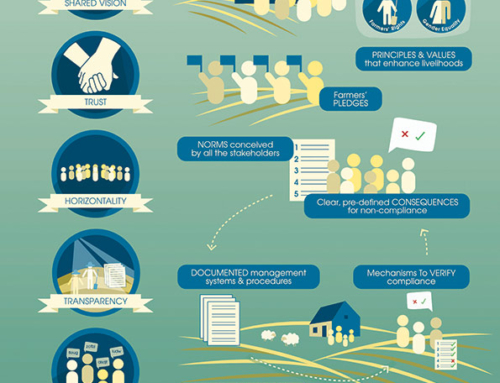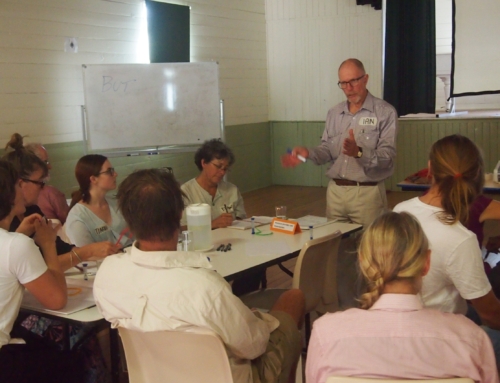
Flying foxes are hanging out in backyards during the day and dropping dead for the kids to find, feral deer and hungry wood ducks are turning up in veggie gardens, suburbs have burnt in early spring bushfires and the politics of drought even nudges Mr Trump out of the media from time to time.
The entire local landscape is stressed by unusually warm and dry conditions, which look like continuing into summer. From a tree’s point of view, when times get tough it will flower and produce enough pollen to reproduce if it can, but it can’t spare the energy to produce surplus nectar to attract and feed pollinators (ie bees and flying foxes) – hence bee and flying fox colonies go hungry, get weak and some of them disperse or die. Additionally, many areas of local forest have burnt, meaning no blossom or animal food supply at all from these areas until the vegetation recovers.
This is the worst honey season in memory, and the beekeepers in the co-op are generally keeping what honey they have in the hives to try to keep their colonies alive and strong. So for a while, local honey will be scarce, with low supplies until the nectar starts to flow and the hives recover.


